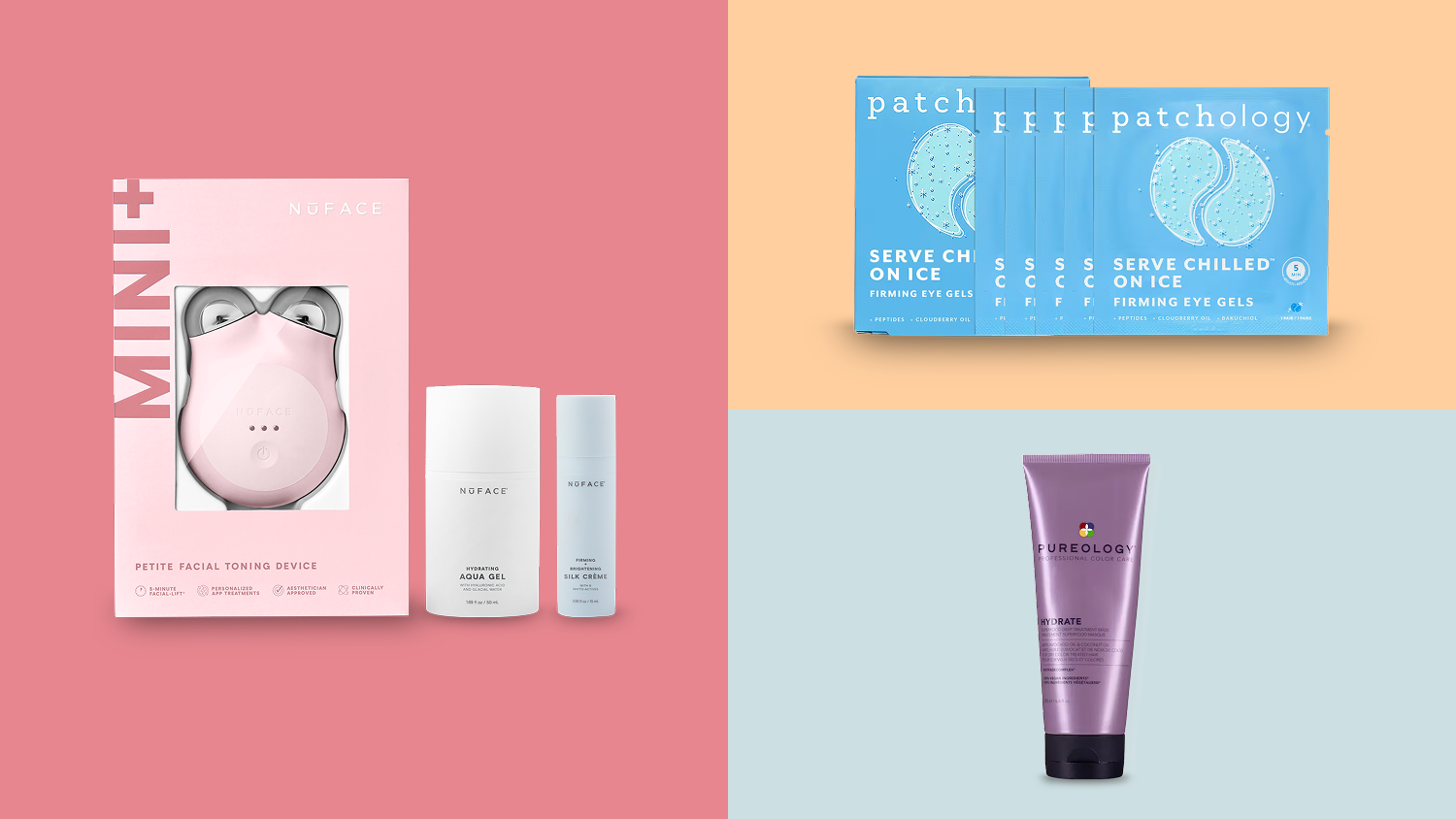TAMPA (BLOOM) – Imagine Vitamin D as your body’s solar-powered nutrient, vital for keeping our bones robust, our immunity sharp, and our hearts healthy. Often dubbed the “sunshine vitamin,” it’s a key player in our overall well-being, yet many of us might not be soaking up enough.

Understanding Vitamin D
Vitamin D, existing in two main forms – D2 and D3 – is more than just a nutrient; it’s a hormone our bodies craft when our skin gets a hint of sunlight. While both forms are beneficial, D3 is particularly efficient at boosting our vitamin D levels. It’s crucial for calcium absorption, ensuring strong bones and teeth, and plays a pivotal role in our immune system, muscle function, and brain cell activity.
Sunlight: The Natural Vitamin D Factory

Our primary source of vitamin D is the sun. When our skin is exposed to sunlight, it synthesizes vitamin D, channeling the sun’s energy into a form our bodies can use. But it’s not as simple as stepping outside. The amount of vitamin D your skin makes depends on many factors, including the time of day, where you live, and the color of your skin. Generally, a few minutes under the midday sun a few times a week is sufficient for most people to maintain healthy vitamin D levels.
Dietary Sources of Vitamin D

For those cloudy days or when you’re bundled up indoors, certain foods can help you stock up on Vitamin D. Fatty fish like salmon and mackerel are stars in the vitamin D world, alongside egg yolks, fortified foods like milk and cereal, and even mushrooms. Integrating these foods into your meals can help maintain your vitamin D levels year-round.
Vitamin D Supplements: Who Needs Them?
Supplements can be a game-changer, especially for those at risk of deficiency due to limited sun exposure or dietary habits. They’re particularly vital for older adults, people with darker skin, and those living in far northern or southern latitudes. If you’re considering supplements, it’s best to consult with a healthcare provider to get the dosage just right and avoid any potential for overdose.
Special Considerations
Certain groups, like the elderly or those with darker skin, have a heightened risk of vitamin D deficiency and its associated risks, like bone disorders. It’s a silent issue; often, there are no clear symptoms until problems arise. Regular check-ups and blood tests can help track your levels and ensure you’re getting enough of this essential nutrient.
Innovative Ways to Boost Your Vitamin D Intake
Getting creative with your diet can make boosting your vitamin D intake both enjoyable and delicious. Think beyond the pill bottle – try incorporating more vitamin D-rich foods into your meals with recipes that spotlight fatty fish, or start your day with a vitamin D-fortified cereal breakfast.
Maintaining adequate vitamin D levels is a pillar of good health, yet it’s often overlooked. By understanding your sources – from the sun’s rays to the foods on your plate – you can ensure your body gets the nutrient it needs to function at its best. Keep an eye on your intake and consult with healthcare professionals to tailor a plan that fits your lifestyle and health needs.
Not sure if you’re getting enough vitamin D? It might be time for a check-up. Reach out to your healthcare provider for a simple blood test to know where you stand and how you can improve your levels for a healthier, brighter you.















